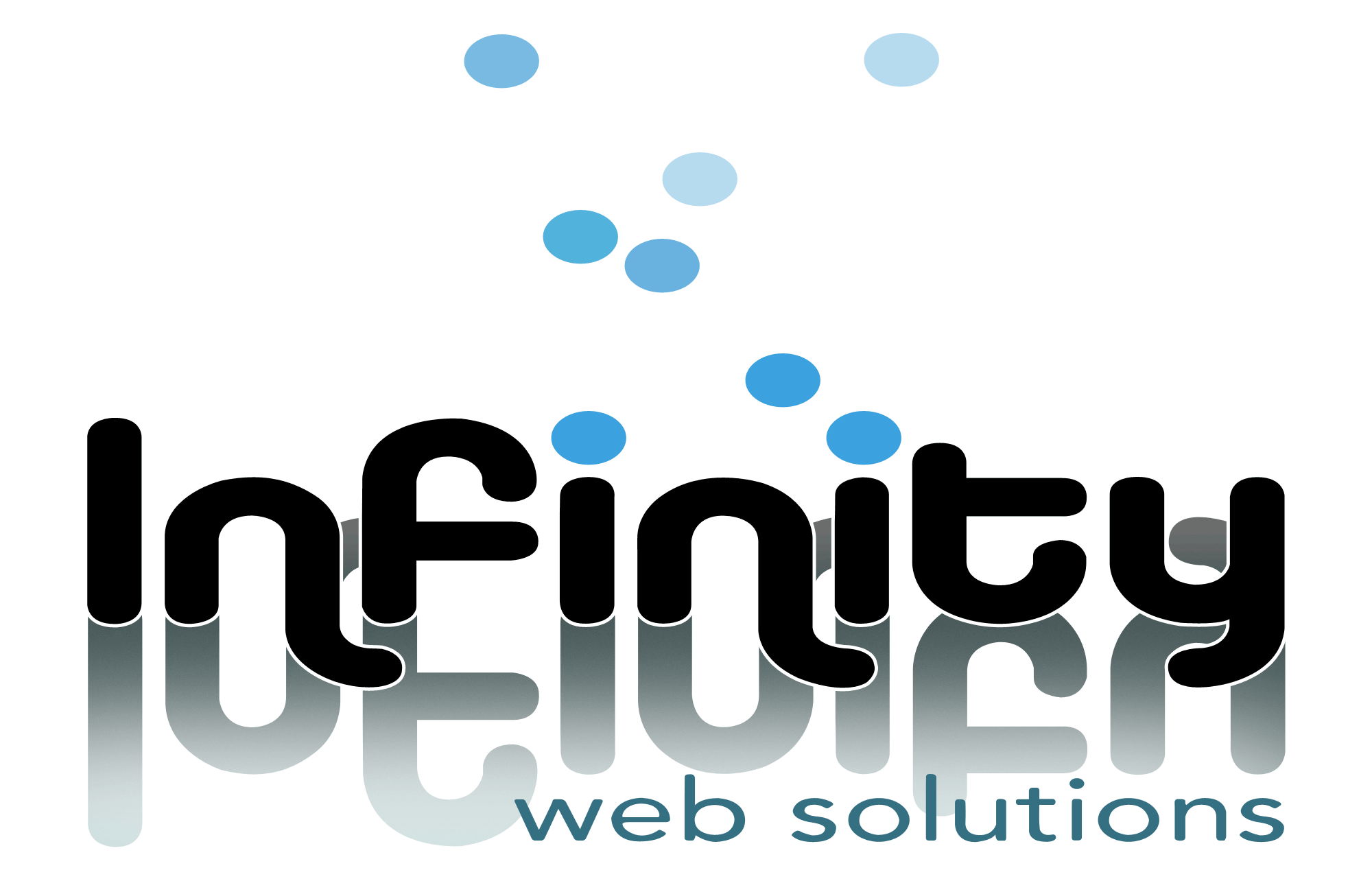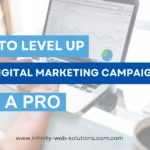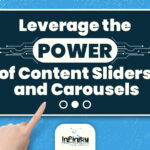Programmatic advertising is the process of buying and selling advertising space on a large scale. In the past, advertisers would have to go through intermediaries when buying ads. Now, programmatic technology allows them to buy premium ad spots directly from publishers, without having to deal with all the extra costs associated with third parties. This guide will walk through what programmatic advertising is, how it works and why it’s important for your business.
What is Programmatic Advertising?
Programmatic advertising is a digital marketing technology that allows advertisers to bid for ad space on websites and social media platforms. Programmatic advertising is also known as real-time bidding (RTB). This technology provides advertisers with more control over their campaigns. The reason is they can automate the process of buying and optimizing ads. Advertisers can use programmatic advertising to target customers based on demographic information, location, behavior patterns, and other factors.
Programmatic advertising has grown rapidly over the last few years. Thus, it’s now one of the most popular forms of online advertising in many countries around the world. In fact, nearly 70% of all digital display ads are bought via RTB systems – up from just 15% in 2012.
Programmatic media buying (“PMB”) is the process of automating transactions for advertising inventory, in this case, online advertising.
It’s a practice that has grown in popularity over the years. Now, more than half of all companies use it with any sort of digital strategy. The basic idea behind PMB is that you can buy ad space automatically. You can do this through the exchange of cookies, tags, and pixels depending on bids and user information. This means advertisers can target specific audiences without having to go through each individual publisher or website owner.
In other words: if an advertiser wants to run an ad campaign on multiple websites, they can do so with relative ease using PMB. They just have to set up their campaign once, and it will be automatically executed across all relevant sites for them!
Once advertisers and publishers develop a relationship, people can buy the ad space “programmatically” (automatically) through the exchange of cookies, tags, and pixels depending on bids and user information.
Programmatic advertising is a tool that allows advertisers to bid on ad space in real-time, and publishers to sell their ad space programmatically.
Programmatic advertising is different than traditional media buying because it doesn’t rely on human interaction. Instead of a salesperson placing an order for an advertiser/publisher relationship with a trade publication, magazine, or TV station, the automation of programmatic means that such relationships can be established without any human interaction at all.
How much advertising can you buy programmatically today?
In 2017, programmatic accounted for approximately two-thirds of all digital display ad spending and is expected to rise to 80% by 2020. This includes desktop and mobile inventory, with an expected growth rate of around 20% annually.
Programmatic advertising involves the automated buying or selling of media inventory in real-time bidding (RTB) system. It’s called “programmatic” because it relies on algorithms that use data-driven insights to make decisions. Which is about what messages should be sent, where, and when—without human intervention.
You can purchase approximately two-thirds of all digital display ads programmatically.
Programmatic advertising is a real-time bidding system that allows advertisers to purchase digital display ads through an automated, software-based process. You might hear programmatic referred to by other terms, such as automated ad buying or real-time bidding (RTB).
The concept behind programmatic advertising is relatively simple. It allows you to bid on ad space in real time based on what a potential customer is doing at that exact moment. The technology behind this allows for highly targeted advertising campaigns that make use of data. This is anything about the user and their behavior—like whether they’ve visited your site before or how much time they spent reading an article—to determine which ads are most likely to appeal to them.
Approximately two-thirds of all digital display ads are bought programmatically today, with many marketers seeing significant returns from using this method. Increased revenue isn’t the only benefit; using software rather than human beings also decreases costs associated with placing multiple bids simultaneously across multiple platforms (which can be quite laborious) and helps prevent human error when purchasing inventory for various campaigns outside of one central hub (e.g., Google AdWords).
This includes desktop and mobile inventory, with an expected growth rate of around 20% annually.
As the industry moves forward, experts expect programmatic buying to grow at around 20 percent annually. Mobile is the fastest-growing segment of programmatic buying, with a growth rate of nearly 30 percent. Desktop remains the largest segment of programmatic buying, but it’s slowing down as more advertisers spend time optimizing their mobile campaigns.
Programmatic advertising has expanded the market for ad inventory. This enables publishers to optimize their revenue while also allowing advertisers to streamline spending.
Programmatic advertising has expanded the market for ad inventory, enabling publishers to optimize their revenue while also allowing advertisers to streamline spending. The technology allows advertisers to target specific audiences and engage with customers in a personalized way. As a result, both publishers and consumers have benefited from this technology.
Advertisers are able to get more out of their budgets by buying advertising across multiple channels and formats at once in real-time using programmatic platforms that leverage data analytics from both publishers and third parties like social media platforms.
For example, an advertiser might use programmatic technology to promote its brand on two popular social media platforms while simultaneously running ads on websites like BuzzFeed or The Atlantic (two popular digital content sites). This allows them to maximize the exposure of their brand while still maintaining control over how they spend their resources. Indeed, a far cry from traditional forms of advertising where one would have had little control over where one’s ad ran or how much it cost.
Conclusion
While programmatic advertising is a complex process, it can be an incredibly powerful tool for advertisers. It allows you to better target your audience by using data from their online behavior. Moreover, it can help you reach them more efficiently with fewer ads.
If you’re looking for a digital marketing agency that can help you with programmatic advertising, we are the people to call. We’ve been helping small businesses like yours get their message out there for years. So, we’re ready to help you too.










